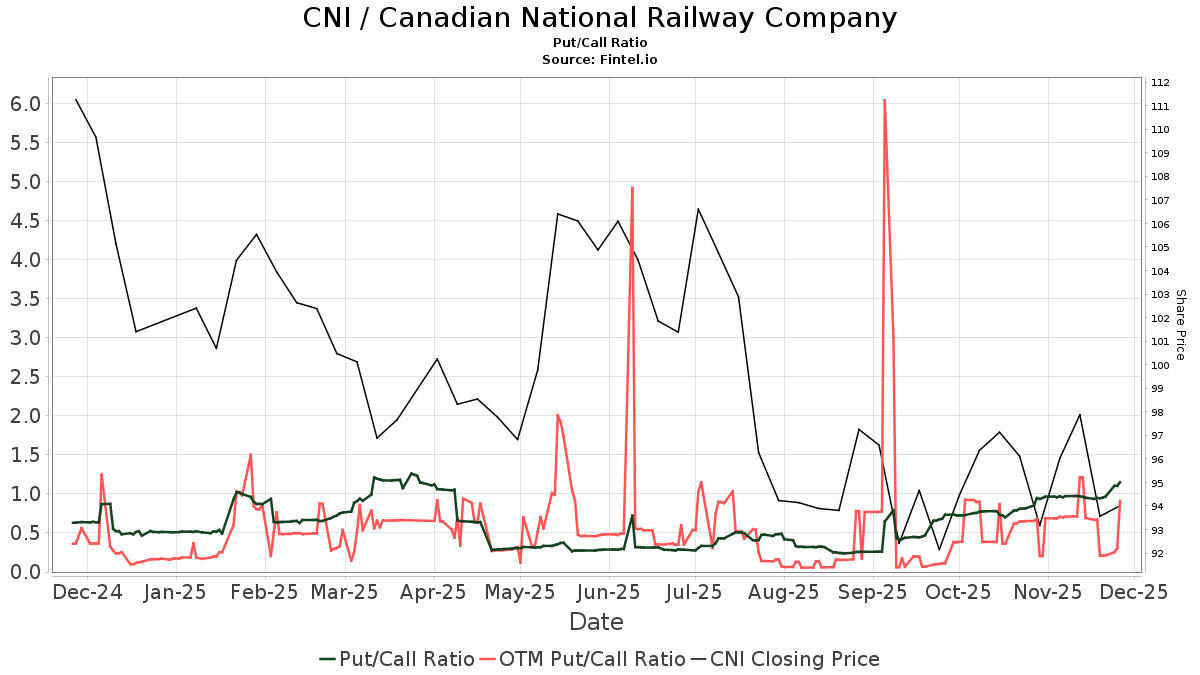In the landscape of life insurance, the assurance of coverage continuity is paramount for policyholders. Automatic Premium Loans (APL) emerge as a vital feature, intricately designed to mitigate the risk of policy lapse due to missed premium payments. Often embedded within certain types of life insurance policies, APLs allow for the automatic settlement of unpaid premiums through a loan against the policy's cash value, ensuring that the safety net of insurance remains intact during financial turbulence.
This financial mechanism, while providing evident advantages, also introduces a layer of complexity in terms of policy management and the long-term implications on the policy's cash value and death benefit. As such, it behooves policyholders and beneficiaries to comprehend the inner workings and strategic use of APLs.
In the subsequent sections, we explore the delicate interplay between policy maintenance and the proactive use of APLs, which may well dictate the stability of one's financial legacy.
Key Takeaways
- Automatic premium loans (APL) deduct outstanding premium amounts from the policy's value when the premium is due.
- APL prevents policy lapses due to nonpayment of premiums.
- APL allows the cash value of a permanent life insurance policy to be used for overdue premium payments.
- APL is only possible if the cash value is sufficient to cover the overdue premiums.
Defining Automatic Premium Loans
An Automatic Premium Loan (APL) is a financial provision within certain cash value life insurance policies that ensures premiums are paid on time by automatically borrowing against the policy's accumulated cash value. APL in practice liberates policyholders from the risk of policy lapse due to nonpayment, offering a seamless safety net that safeguards their coverage.
Unlike other payment options that may demand manual intervention or could lead to coverage discontinuation, APL functions as an internal mechanism, activating only when necessary and preserving the policy's active status.
The Mechanics of APL
Having established the significance of Automatic Premium Loans in maintaining life insurance coverage, let us now explore the detailed workings of this financial safeguard. The APL mechanics involve an automatic deduction of the due premium from the policy's cash value, ensuring continued protection without interruption. It is a proactive measure that liberates policyholders from the worry of accidental lapses.
| Aspect | Explanation |
|---|---|
| Activation | Initiated when a premium is unpaid after a grace period |
| Loan Repayment | Policy's cash value is used; interest accrues |
| Policy Status | Remains active; death benefit secured |
APL benefits and drawbacks are balanced; while APL preserves coverage, it may deplete the cash value if used repeatedly, potentially resulting in policy lapse. Ultimately, APL serves as a financial lifeline, providing peace of mind and unwavering security.
Eligibility Criteria for APL
Who qualifies for an Automatic Premium Loan, and what conditions must be met for policyholders to take advantage of this financial safeguard?
To meet the APL eligibility requirements, policyholders must fulfill specific criteria that ensure the continued protection of their life insurance coverage. These criteria encompass:
- Ownership of a cash value life insurance policy, typically whole life or universal life.
- Accumulation of sufficient cash value to cover the outstanding premium payments.
- Opt-in for the APL feature within the policy agreement.
These requirements ensure that policyholders can access the APL benefits, providing them with a sense of liberation knowing their policy will not lapse due to missed payments. It's a critical tool for maintaining uninterrupted life insurance protection, offering peace of mind in times of financial uncertainty.
Advantages of Utilizing APL
Utilizing an Automatic Premium Loan often provides a valuable safety net for policyholders, ensuring their life insurance coverage persists even during financial hardships. The APL benefits are numerous, chief among them being the prevention of policy lapse. This not only serves to protect the policyholder's beneficiaries from the sudden loss of financial security but also upholds the policyholder's investment in the policy.
Interest Rates and Repayment
When opting for an Automatic Premium Loan, policyholders must be cognizant of the interest rates applied to the loan and the terms of repayment. The APL interest rates are often competitive but can vary among insurance providers, which makes it crucial to understand the financial implications of taking such a loan.
Key points to consider include:
- The interest rate for the APL, which will affect the overall cost of the loan.
- The frequency and method of interest capitalization, which impacts the loan balance over time.
- The loan repayment process, which should align with the policyholder's financial plan to avoid depletion of the policy's cash value.
An informed decision about APL can offer financial liberation while ensuring continuous life insurance protection.
Special Considerations
Special considerations for Automatic Premium Loans (APL) include the unique benefit of borrowing against a policy's cash value without the need for traditional credit checks or collateral. APL benefits policyholders by providing a safeguard against unintended policy lapses, ensuring continued life insurance coverage. This feature is particularly liberating for those who might face financial hurdles or periods of forgetfulness that could jeopardize their insurance protection.
To access these benefits, APL requirements must be met, primarily that the policy must have accumulated sufficient cash value to cover the premiums due. This mechanism upholds the promise of life insurance: the certainty that beneficiaries will receive support, even if the policyholder encounters unpredictable financial situations.
Maintaining Policy Vitality
To ensure the long-term health and benefits of a life insurance policy, maintaining its vitality through timely premium payments is essential. Automatic premium loans (APL) are a powerful tool in this regard, offering policyholders peace of mind and financial flexibility.
They play a pivotal role in:
- Reducing policy lapses by automatically covering missed payments.
- Providing a safety net during financial hardships without compromising coverage.
- Ensuring that the policy's intended benefits are preserved for beneficiaries.
Frequently Asked Questions
How Does an Automatic Premium Loan (Apl) Impact the Tax Treatment of a Life Insurance Policy?
An automatic premium loan can alter a policy's tax implications, potentially leading to taxable events upon policy surrender if loan repayments plus interest exceed the policy's cost basis. Always consult a tax advisor.
Can a Policyholder Opt Out of the Automatic Premium Loan Feature After It Has Been Initially Set Up, and if So, How?
Policyholders retain the right to opt out of the automatic premium loan feature. This opt-out process typically involves notifying the insurance provider in writing to discontinue the automatic collateralization of premiums.
What Happens if the Cash Value Becomes Insufficient to Cover Future Premiums Due to Repeated APLs and Interest Accumulation?
If the cash value becomes insufficient due to repeated APLs and interest accumulation, the policy may incur surrender charges and ultimately face a policy lapse, leaving beneficiaries without the intended financial protection.
Are There Any Circumstances Under Which the Interest on an APL Could Be Waived or Reduced by the Insurance Company?
In select cases, insurance companies may offer interest forgiveness on APL through policy negotiation, enabling policyholders to maintain their coverage without the additional financial burden of accumulating interest.
How Does an APL Affect the Policy's Dividends or Other Benefits That May Be Tied to the Policy's Cash Value or Performance?
An Automatic Premium Loan may reduce policy dividends and affect benefits by decreasing cash value, potentially leading to policy surrender if not managed properly, emphasizing the need for strategic financial planning.








